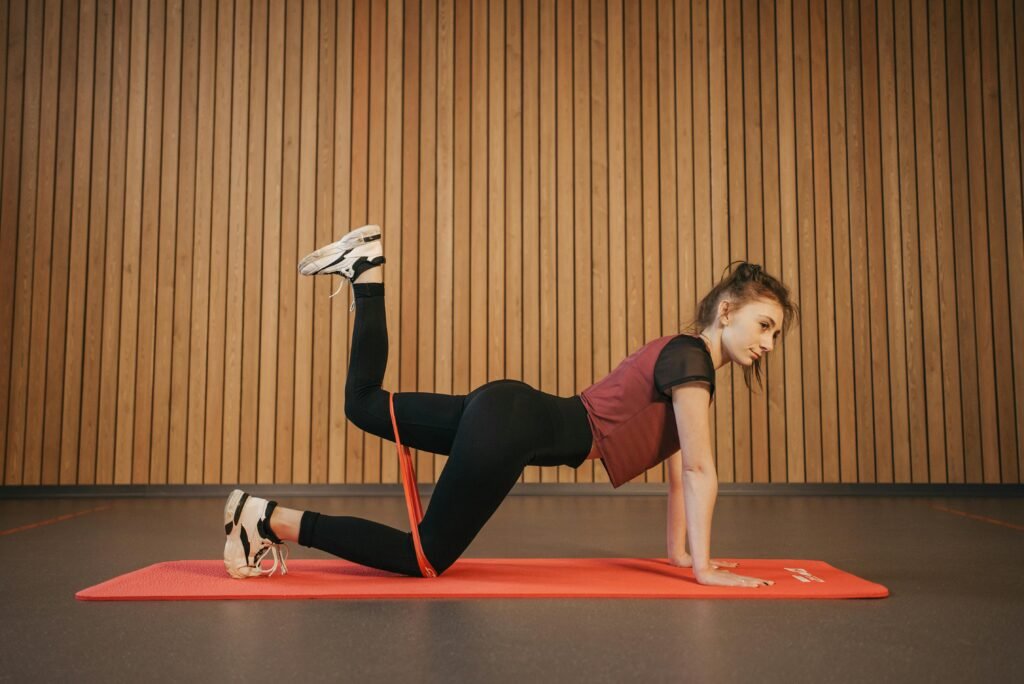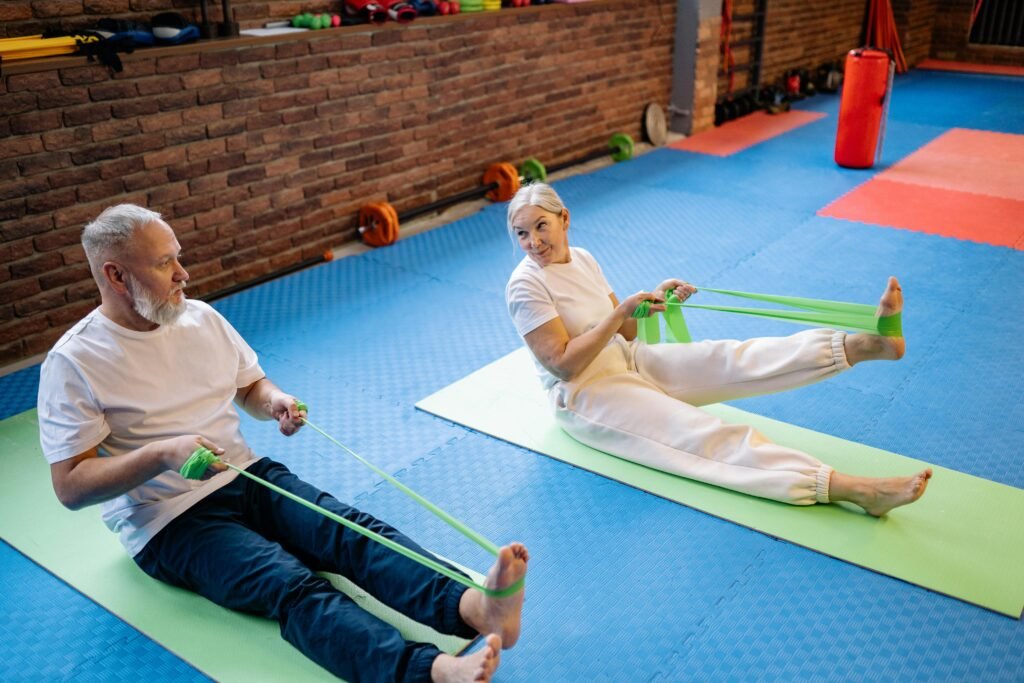There’s an exercise that 50% of men and 90% of women can’t do—pull-ups. This iconic movement is not only a powerful tool for building a strong back but also a key indicator of overall physical fitness. Even seasoned athletes who can deadlift 200 kg often struggle to complete 20 pull-ups. Yet, this simple yet challenging exercise remains one of the most effective ways to build a wide, muscular back and improve upper body strength.
In this guide, we’ll take you through the journey of mastering pull-ups, from the basics to advanced techniques. Whether you’re a beginner or an experienced lifter, you’ll learn how to progressively build the strength and technique needed to conquer this essential exercise.

1. The Importance of Pull-Ups for Back Development
Pull-ups are widely regarded as the gold standard for back training. They target the latissimus dorsi (lats), the largest muscle in the back, which is responsible for creating that coveted “V-taper” look—wide shoulders and a narrow waist. Arnold Schwarzenegger, one of the most famous bodybuilders in history, understood the importance of well-developed lats. He often compared the feeling of stretching his lats to the wings of a Boeing 747, emphasizing how crucial this muscle group was to his success in bodybuilding.
However, many people find it difficult to perform pull-ups because their back muscles, particularly the lats, are underdeveloped. While pull-ups primarily target the lats, they also engage other important muscle groups such as the biceps, forearms, and even the chest. To build a thick, solid back, you should incorporate rowing exercises into your routine. But for sculpting a wide, V-shaped torso, pull-ups are unparalleled.
2. Why Pull-Ups Are So Challenging
Despite their simplicity, pull-ups are incredibly challenging. The difficulty lies in the fact that you’re using your upper body strength to lift your entire body weight. Many factors contribute to this challenge:
- Weak Back Muscles: If your lats and other back muscles are underdeveloped, it will be nearly impossible to perform a single pull-up.
- Body Weight: The heavier you are, the more difficult it becomes to lift yourself. This is why reducing body fat through cardio and proper nutrition is often necessary before you can successfully perform pull-ups.
- Grip Strength: A strong grip is essential for holding onto the bar and maintaining control throughout the movement. Many beginners struggle with grip strength, which can limit their ability to perform pull-ups.
3. Progressive Steps to Mastering Pull-Ups
If you’re struggling to complete a single pull-up, don’t worry! With the right approach, you can gradually build the strength and technique needed to perform them. Follow these steps to progress from hanging to completing your first full pull-up.
Step 1: Passive Hanging
For beginners, the first step is to get comfortable with hanging from a pull-up bar. This helps you develop the grip strength and shoulder stability needed for pull-ups.
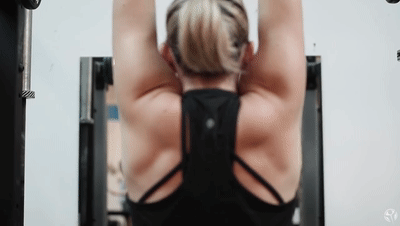
- How to Do It:
- Choose a grip that feels comfortable for you. You can use an overhand grip (palms facing away from you), an underhand grip (palms facing toward you), or a neutral grip (palms facing each other).
- Grab the bar and let your body hang freely. Keep your core engaged and avoid swinging or jerking.
- Aim to hold the hang for 30 seconds. Once you can comfortably hang for 30 seconds, you’re ready to move on to the next step.
Step 2: Active Hanging
Once you’ve mastered passive hanging, it’s time to introduce active hanging. This step teaches you how to engage your back and core muscles while hanging from the bar.
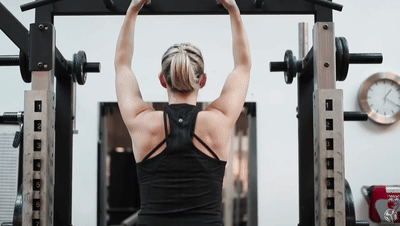
- How to Do It:
- Start by hanging from the bar with an overhand grip.
- Pull your shoulder blades down and back, as if you’re trying to squeeze them together. This helps activate your lats and rhomboids.
- Engage your core by pulling your ribs down and tucking your pelvis slightly forward. Your body should form a slight arch, resembling a “hollow body” position.
- Hold this position for 10-15 seconds, then relax. Repeat for 3-4 sets.
Step 3: Assisted Pull-Ups
Now that you’ve built the necessary strength and technique, it’s time to start working on assisted pull-ups. There are two main methods for assisting pull-ups: leg assistance and resistance band assistance.
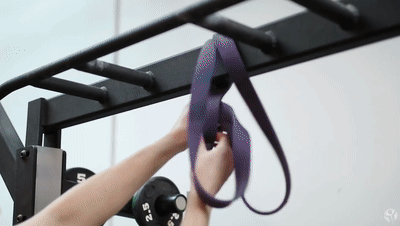
- Leg Assistance:
- Place your feet on a bench or platform and use your legs to give yourself a slight boost as you pull yourself up. This method doesn’t require any additional equipment but makes it harder to track your progress.
- Resistance Band Assistance:
- Use a resistance band to provide support as you perform pull-ups. Loop the band around the pull-up bar and place one foot inside the loop. The band will help reduce the amount of weight you need to lift, making the exercise easier.
- Start with a thicker band (higher resistance) and gradually work your way down to lighter bands as you get stronger. Once you can perform 3 sets of 8 reps with the lightest band, you’re ready to attempt unassisted pull-ups.
4. Advanced Techniques for Improving Pull-Ups
Once you’ve mastered the basic pull-up, there are several advanced techniques you can use to continue challenging your muscles and improving your performance.
Wide-Grip Pull-Ups:
- How to Do It:
- Use a wider-than-shoulder-width grip to target the upper portion of your lats. This variation requires more shoulder flexibility and stability.
- Focus on pulling your chest toward the bar, ensuring that your elbows stay close to your body.
Chin-Ups:
- How to Do It:
- Use an underhand grip (palms facing you) to shift the emphasis from your lats to your biceps. This variation is generally easier than a standard pull-up and can help you build arm strength.
Eccentric Pull-Ups:
- How to Do It:
- Jump or use a box to assist you in getting to the top of the pull-up position.
- Slowly lower yourself down, taking 3-5 seconds to reach the bottom. This eccentric (lowering) phase is where most of the muscle growth occurs.
- Perform 3-4 sets of 4-6 reps, focusing on slow, controlled movements.


